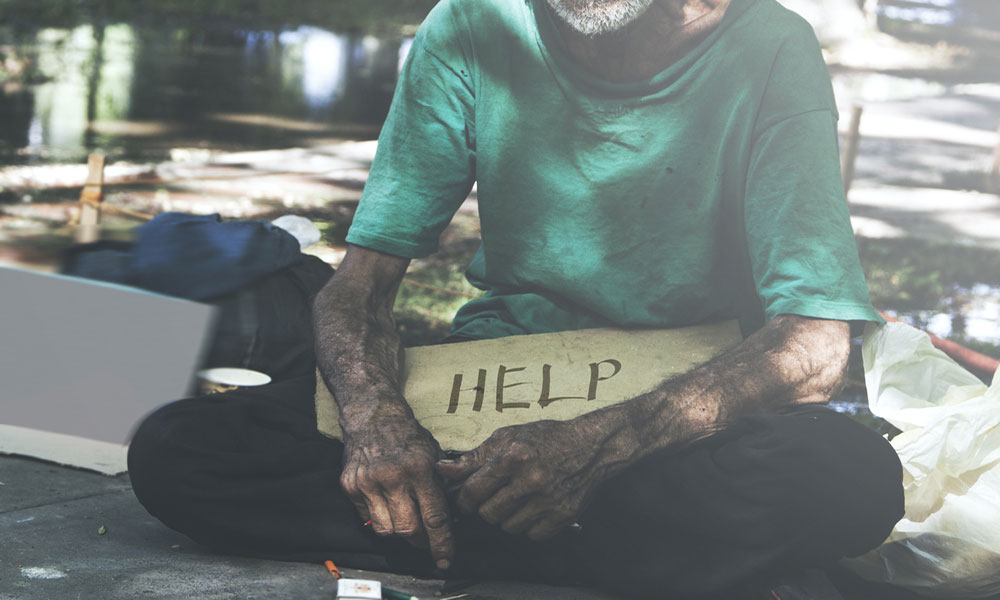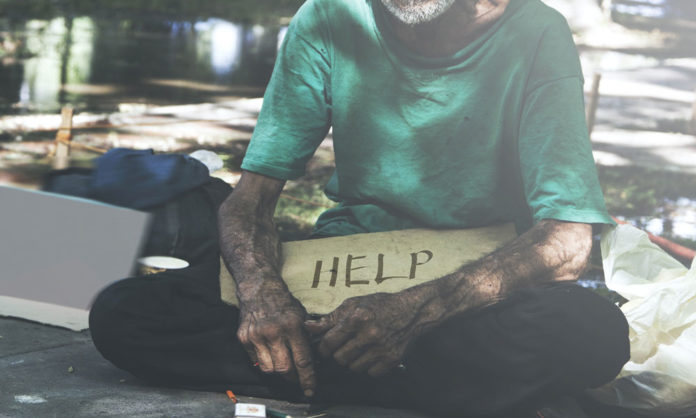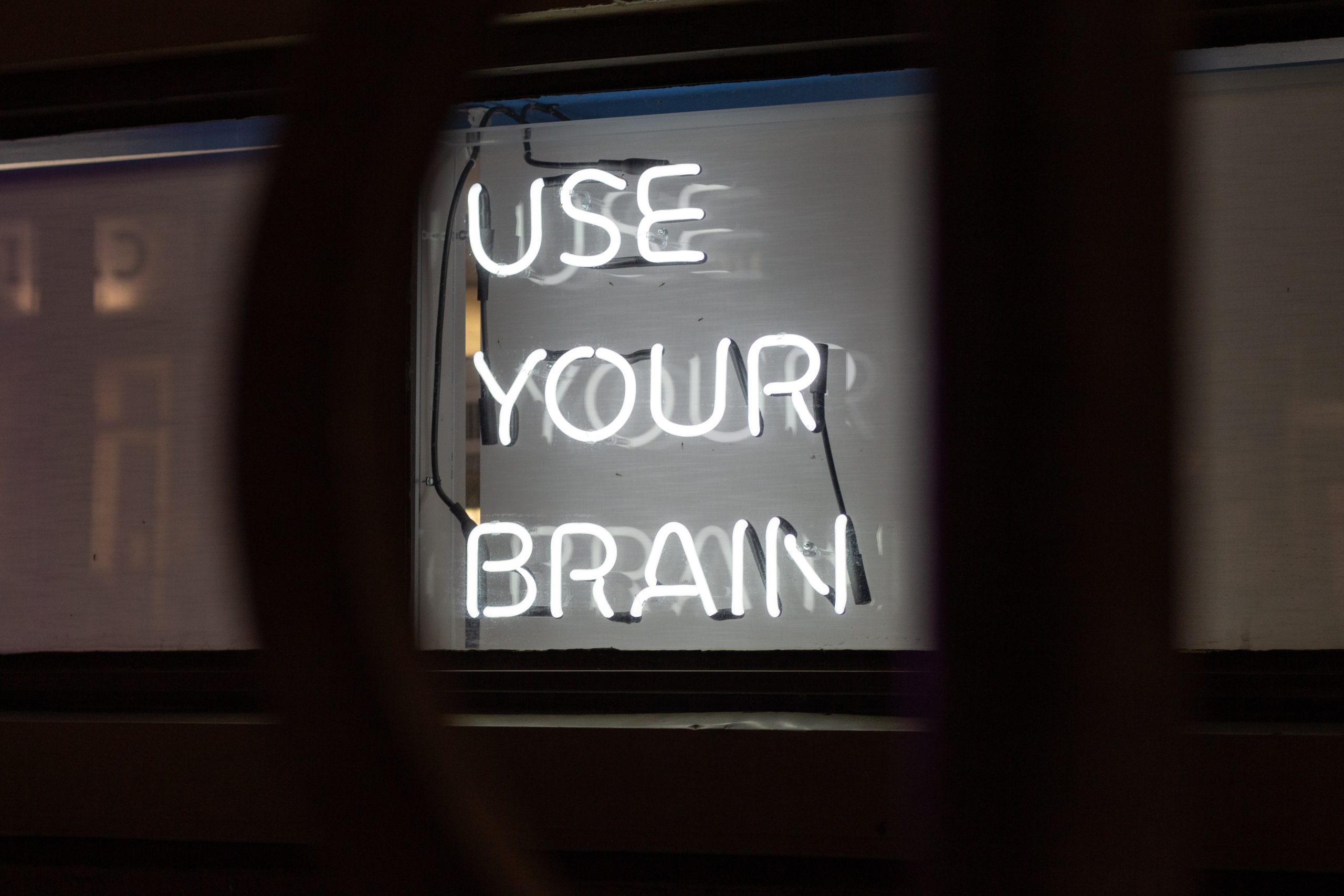Government officials and medical providers in Sioux City, Iowa are exploring avenues to increase access to substance abuse and mental health treatment services for the homeless population.
Homelessness remains a prominent issue. An article from the Department of Psychiatry at University of Oxford found that high-income countries, such as the U.S. or those in the European Union, exhibited an increasing trend of their homeless populations developing mental health or substance abuse disorders. While access to treatment services was limited, a majority of homeless persons visited emergency departments.
According to a report from the U.S. Department of Housing and Urban Development, homelessness from 2016 to 2017 increased for the first time in seven years, despite fluctuating numbers of those slept in unsheltered and sheltered locations. Compared to states like California and New York, Iowa recorded the lowest rates of homelessness, less than 1 percent the nation’s homeless population.
The Siouxland regional area — which encompasses portions of Iowa, Minnesota, South Dakota and Nebraska — has seen variable rates of homelessness on a county basis.
The 2016 Siouxland Street Project surveyed 100 homeless people in Sioux City. The surveys included questions regarding demographics, housing and what services they wished to see made available. Approximately 45 percent of the respondents desired mental health services while approximately 35 percent desired substance abuse treatment assistance.
The Siouxland Coalition to End Homelessness’ Point-in-Time Count counted 2,479 homeless persons in the state of Iowa in 2018. Sioux City specifically reported 264 homeless people, compared to 288 the previous year and 348 in 2016. Of those 264 homeless persons, 42 had mental health issues while 63 had problems with substance abuse.
Of particular note in both reports was the demographic distribution of homeless persons. Of the 100 people surveyed in the Siouxland Street Project, approximately 50 percent were Native American. The Point-in-Time Project reported nearly a quarter of homeless people in Sioux City were Native American, second to Caucasian homeless persons.
In May, state and federal government representatives, Indian Health Service officials and community members participated in a conference in Sioux City hosted by the Siouxland Street Project. They met to discuss measures that could be taken to expand addiction treatment resources for its Native American homeless population.
At the meeting, numerous representatives of local hospitals mentioned that emergency rooms saw a significant number of homeless clients who were Native American. For those who have mental health or substance use disorders, hospital referrals to nearby clinics aren’t enough because of long wait lists.
As a way to expand resources, many attendees agreed that a new drug detoxification center was necessary. However, others argued that although a drug detox facility will help in the short-term, it wouldn’t solve all issues related to homelessness and substance abuse. Additional topics discussed included implementing complementary services to treat co-occurring medical conditions and help the homeless people.
Also in May, House Bill 2377 was approved. State lawmakers stated that they were pleased that the bill included provisions to expand drug prevention efforts to address Iowa’s opioid crisis; however, it didn’t contain measures to expand addiction treatment.

















